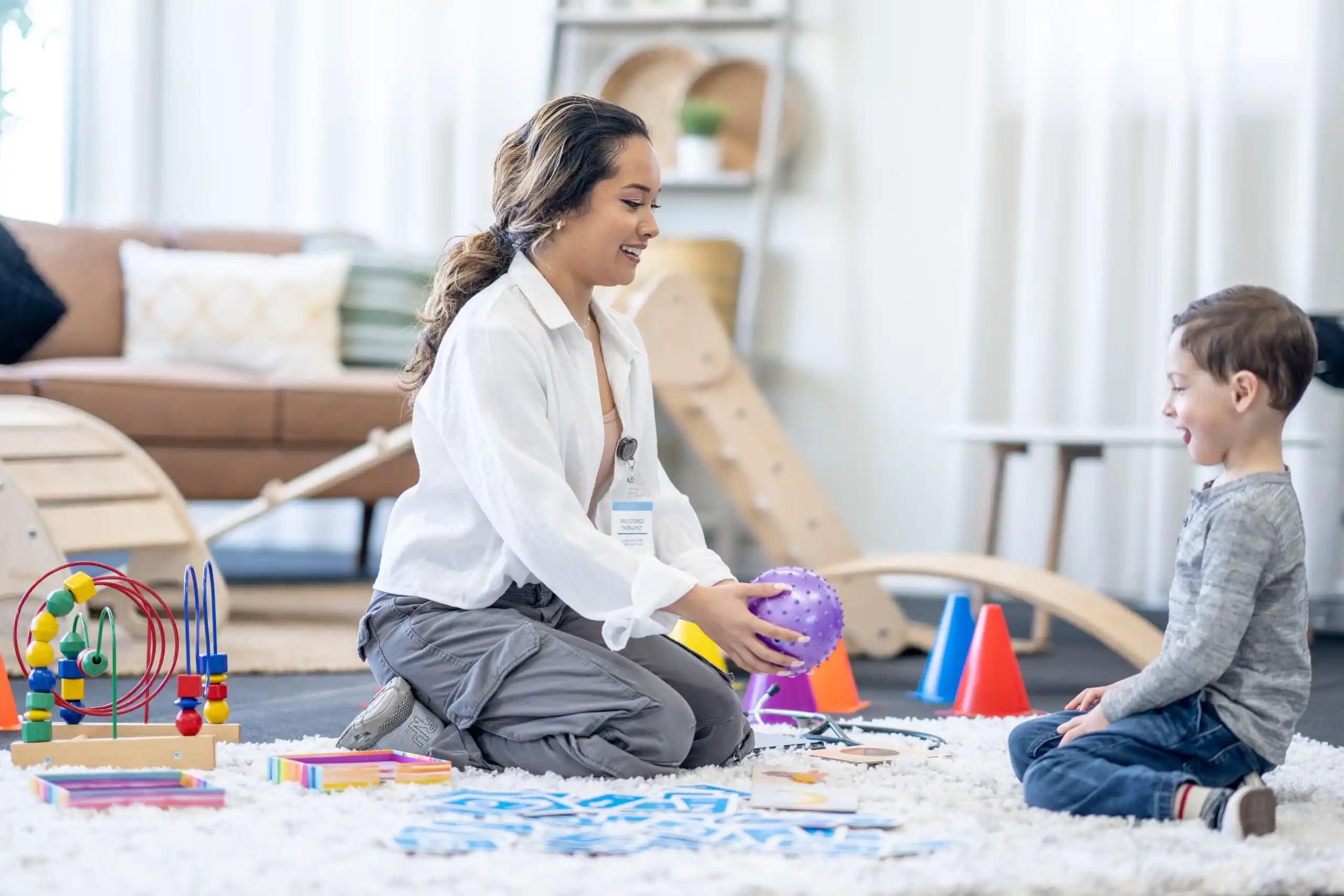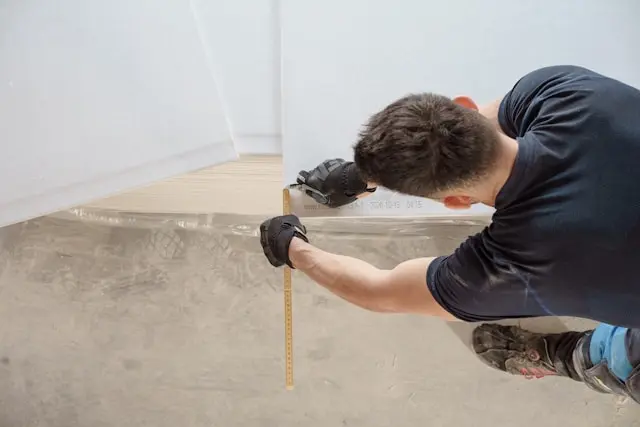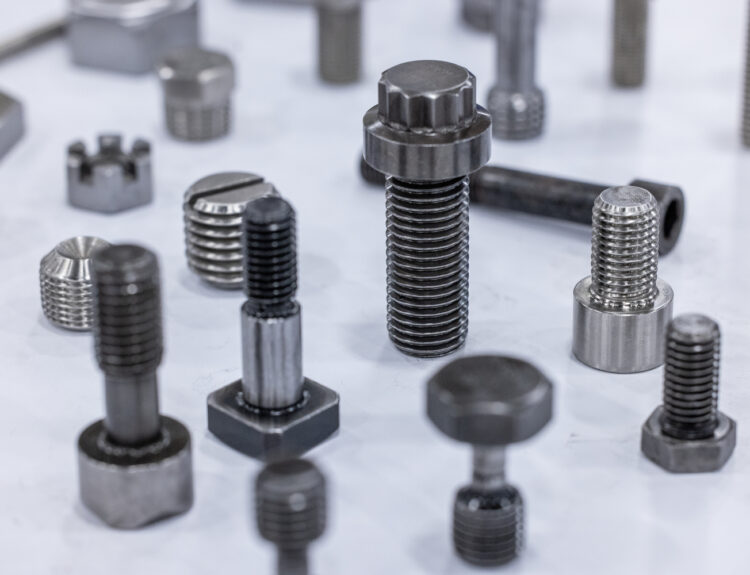Attention Deficit Hyperactivity Disorder (ADHD) affects millions of children worldwide, making everyday tasks like paying attention, following instructions, and staying organized a challenge. While medication and behavioral therapy are common treatment options, occupational therapy (OT) is another effective approach that helps children with ADHD improve focus, self-regulation, and daily life skills.
In this article, we will explore how occupational therapy helps children with ADHD, the specific techniques therapists use, and how parents can support their child’s progress at home.
Understanding ADHD and Its Challenges
ADHD is a neurodevelopmental disorder that affects attention, impulse control, and hyperactivity. Children with ADHD may:
- Struggle to stay focused in school or on tasks
- Have difficulty following instructions
- Act impulsively without thinking of the consequences
- Have trouble sitting still for long periods
- Experience difficulties with organization and time management
These challenges can affect their academic performance, social interactions, and self-esteem. This is where occupational therapy comes in.
How Occupational Therapy Helps Children with ADHD
Occupational therapy focuses on developing skills that help children with ADHD function more effectively at home, school, and in social situations. An occupational therapist (OT) works with children to:
1. Improve Focus and Attention
One of the main struggles for children with ADHD is maintaining attention. Occupational therapists use sensory integration techniques to help children regulate their responses to external stimuli.
Techniques Used:
- Providing fidget tools to help with focus
- Using weighted blankets or vests for calming effects
- Encouraging movement breaks to reduce restlessness
2. Enhance Self-Regulation and Impulse Control
Children with ADHD often struggle to control their emotions and impulses. OTs help them develop self-regulation strategies so they can manage frustration, anger, and overstimulation.
Techniques Used:
- Teaching deep breathing exercises
- Using visual schedules to create structure
- Practicing mindfulness and relaxation techniques
3. Develop Executive Function Skills
Executive functions are the cognitive processes that help with planning, organizing, and completing tasks. Many children with ADHD have difficulties in this area, making schoolwork and daily routines challenging.
Techniques Used:
- Creating checklists and planners for task organization
- Using color-coding methods for better memory and learning
- Teaching time management strategies
4. Improve Fine and Gross Motor Skills
Some children with ADHD also struggle with motor coordination, affecting handwriting, sports, and daily tasks like tying shoes or using utensils.
Techniques Used:
- Handwriting exercises to improve penmanship
- Balance and coordination activities like obstacle courses
- Hand-strengthening activities such as using therapy putty or playing with clay
5. Enhance Social Skills and Peer Interactions
Building and maintaining friendships can be difficult for children with ADHD due to impulsivity and difficulty reading social cues. Occupational therapy helps them understand social expectations and improve interactions.
Techniques Used:
- Role-playing exercises to practice social situations
- Teaching turn-taking and conversation skills
- Using social stories to explain appropriate behavior
What Happens in an Occupational Therapy Session?
Every occupational therapy session is tailored to the child’s specific needs. However, a typical session may include:
- Sensory Warm-Up: Activities like jumping on a trampoline, using a swing, or playing with textured materials to regulate the child’s sensory system.
- Skill-Building Activities: Depending on the child’s needs, this may include handwriting exercises, fine motor games, or social skills practice.
- Self-Regulation Techniques: Learning how to manage emotions and impulses through mindfulness, breathing exercises, or movement breaks.
- Structured Play: Games that enhance focus, patience, and social interactions.
- Parental Guidance: The therapist provides parents with strategies to reinforce skills at home.
How Parents Can Support Occupational Therapy at Home
Occupational therapy is most effective when parents reinforce the strategies at home. Here are some ways to help:
1. Create a Structured Routine
Children with ADHD thrive on predictability. Establish a consistent daily routine for school, homework, playtime, and bedtime.
2. Encourage Movement Breaks
Allow short physical activity breaks between tasks to help maintain focus. Jumping jacks, stretching, or a quick walk can make a big difference.
3. Use Visual Aids
Visual schedules, checklists, and timers can help children stay on track and complete tasks independently.
4. Provide a Distraction-Free Environment
Create a quiet, organized study area free from unnecessary distractions like TV or loud noises.
5. Practice Self-Regulation Strategies
Teach and model breathing exercises, mindfulness, and self-control techniques to help manage emotions.
Finding the Right Occupational Therapist
If you’re looking for professional support, searching for “occupational therapy pediatric near me” can help you find local specialists who can work with your child. Many therapy centers offer evaluations to determine the best approach for your child’s unique needs.
Success Stories: Real-Life Impact of Occupational Therapy on ADHD
Many children with ADHD have seen remarkable improvements through occupational therapy. Here are two real-life examples:
Case 1: Alex, Age 8
Alex had trouble focusing in class and frequently disrupted lessons. Through OT, he learned how to use movement breaks and fidget tools to stay focused. After six months, his teacher noticed a significant improvement in his ability to complete assignments.
Case 2: Mia, Age 10
Mia struggled with handwriting and social interactions. Occupational therapy helped her strengthen her fine motor skills and taught her social strategies to improve peer relationships. Now, she writes more confidently and enjoys making new friends.
Conclusion
Occupational therapy is a powerful tool for helping children with ADHD improve focus, self-regulation, and daily living skills. By using sensory integration techniques, executive function training, and motor skill development, OTs help children build the skills they need to thrive in school and life.
If you think your child could benefit from occupational therapy, consider searching for “occupational therapy pediatric near me” to find a qualified therapist in your area. Early intervention and consistent practice can make a world of difference in helping children with ADHD reach their full.



